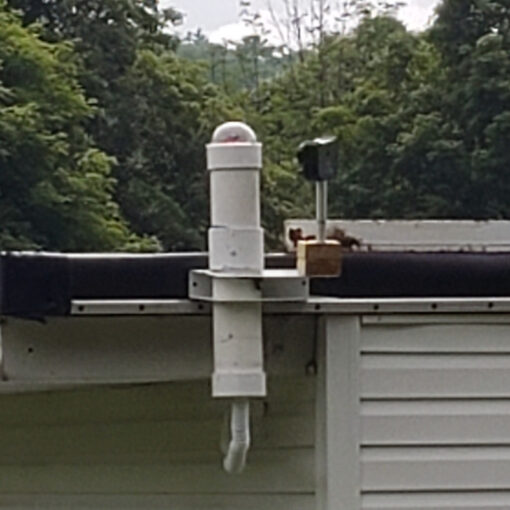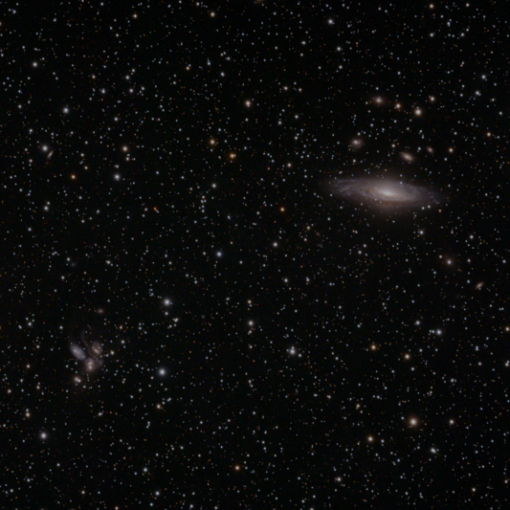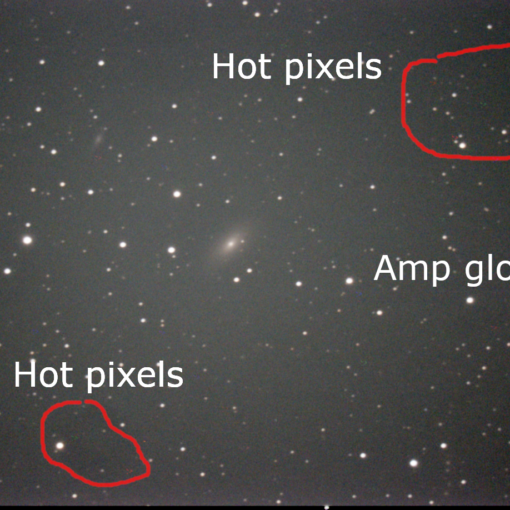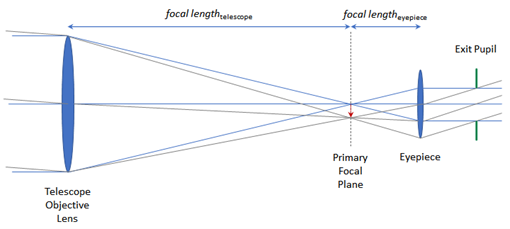After far too long, our Allsky camera at Darling Hill Observatory is live. The Allsky camera takes a widefield view of the night sky every 15 seconds or so and saves the images. At the end of the night, we have it set to after sundown and before sunrise, the software will process the images into a time lapse video letting you see the constellations wheel over head. It will create start trail images showing the Earth’s rotation. And Keograms where a thin slice from the center of each image is stiched together in a time series and shows the […]
Astrophotography
I am testing to see if what is said about 9 hours being minimal time for a truly deep sky image. Collecting 9 hours in Syracuse is at least a 3 night proposition but I was able to keep just for minutes shy of 10 hours for this image. There is a definite improvement over the 6.5 hour image in brightness of the galaxies and smoothness in the background. Here is the final image and links to the previous images. The differences are subtle. At a quick glance, I don’t really see much difference in the three pictures. But when […]
For astrophotography of deep space objects like galaxies and nebulae, I would say little is to be gained from better than 2 arc-sec per pixel. Even at 2 arc seconds other factors play a significant role in useful resolution. How stable are your skies? What size aperture is your scope. How good is your mount over the integration period? How good is your alignment? 2 arc seconds is a rule of thumb. It is doubtful that around Syracuse that the sky is better than 2 arc-sec and you can’t correct for it – without adaptive optics. A 4″ aperture scope […]
About a year ago, I wondered what magnification I was getting with my astrophotography set up. The best answer came from an article on Cloudy Nights. That article said that there really isn’t any answer to the question of magnification in photographs, but you might approximate the magnification by considering your eye as the eyepiece at the main focal plane of your telescope. The human eye has a focal length of 22 mm, so the magnification your eye would see can be calculated by dividing the focal length of the telescope in millimeters by 22 millimeters. Using that algorithm gave […]




